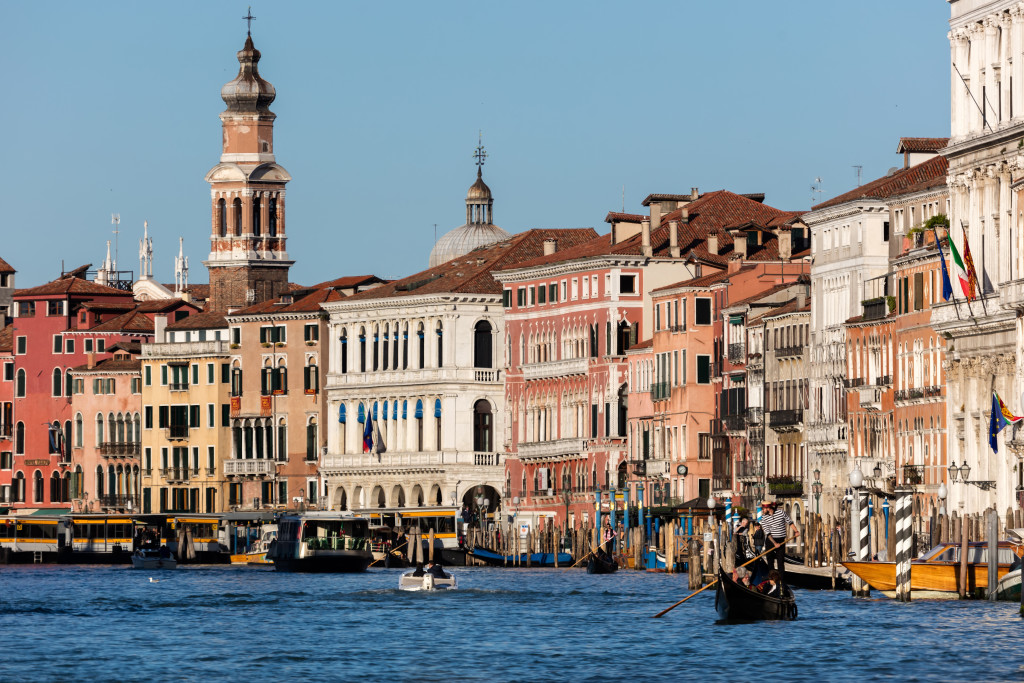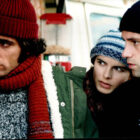Venice, the city suspended between water and sky, has always been an endless source of inspiration for filmmakers from around the world. This unique city, with its canals, winding alleys, and grand squares, offers an unparalleled backdrop for cinematic creation. With a history dating back over a century, the endless love affair between Venice and cinema is deep and enduring.
The Magic of Venice on Screen
From major Hollywood productions to art-house films, Venice has been a muse for many directors. One of its most iconic locations is St. Mark’s Square, with its majestic basilica and the towering Campanile. This square has been the setting for numerous memorable scenes, including the famous opening sequence of “Moonraker” (1979), in which James Bond engages in a thrilling chase across the rooftops of Venice.
Another film that captures the essence of Venice is “The Tourist” (2010), directed by Florian Henckel von Donnersmarck and starring Angelina Jolie and Johnny Depp. The film meanders through the city’s canals and winding streets, offering spectacular postcard-worthy views of Venice. The city is not just a backdrop but an integral part of the plot, with its hidden secrets and games of deception.
Venice and Italian Cinema
But Venice is not only a backdrop for international cinema; it has also been a protagonist in many Italian productions. One of the most well-known films is “Solamente Nero” (1978), directed by Antonio Bido and starring Lino Capolicchio. This thriller, set against the backdrop of the Veneto region, tells the story of a journalist investigating a series of eerie murders.
Another masterpiece of Italian cinema shot in the Veneto region is “La bella di Lodi” (1963), directed by Mario Missiroli. The film is a brilliant comedy that narrates the tale of a stunning woman causing chaos in a small town.
However, one cannot discuss Veneto cinema without mentioning “Chi lavora è perduto” (1963), directed by Tinto Brass. This satirical film focuses on the world of labor and factories, utilizing an industrial Veneto as its setting. Brass is known for his rebellion against conventions, and “Chi lavora è perduto” is a perfect example of this trend, helping redefine Italian cinema.
Venice: A City That Never Ages
Venice, with its centuries-old architecture and unique atmosphere, remains one of the most beloved destinations for filmmakers. The city transforms with the seasons, becoming a different place with high tides, summer sun, or winter fog. These variations allow filmmakers to play with the city’s appearance and mood, creating diverse and captivating films.
Cinema and Venice are destined to remain forever entwined, with the city offering a perfect canvas for telling compelling stories. Whether it’s a James Bond spy story or an Italian art-house film, the magic of Venice on screen is set to enchant audiences for generations to come. While cinema can capture a moment, Venice, with its timeless beauty, will forever remain an inspiration for filmmakers worldwide.
Watch all of the movies on www.movieitalyplus.com
Read the other articles on www.blog.visititalywithmovies.com






